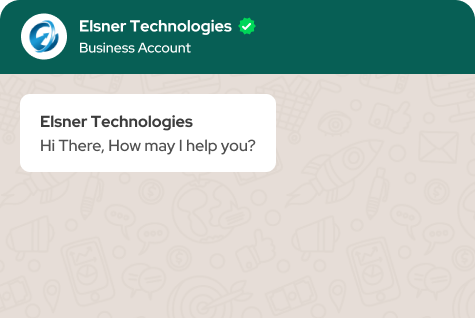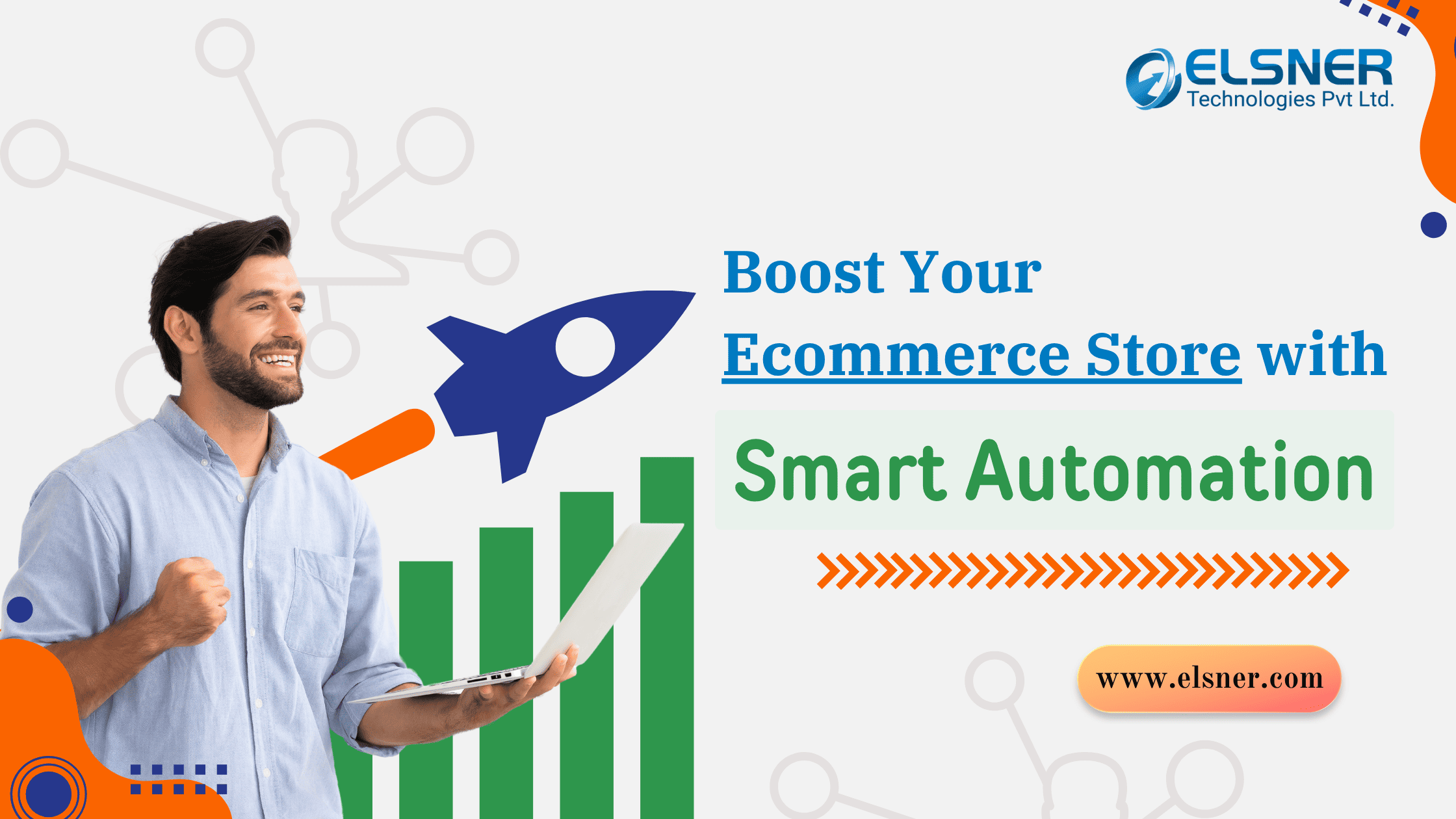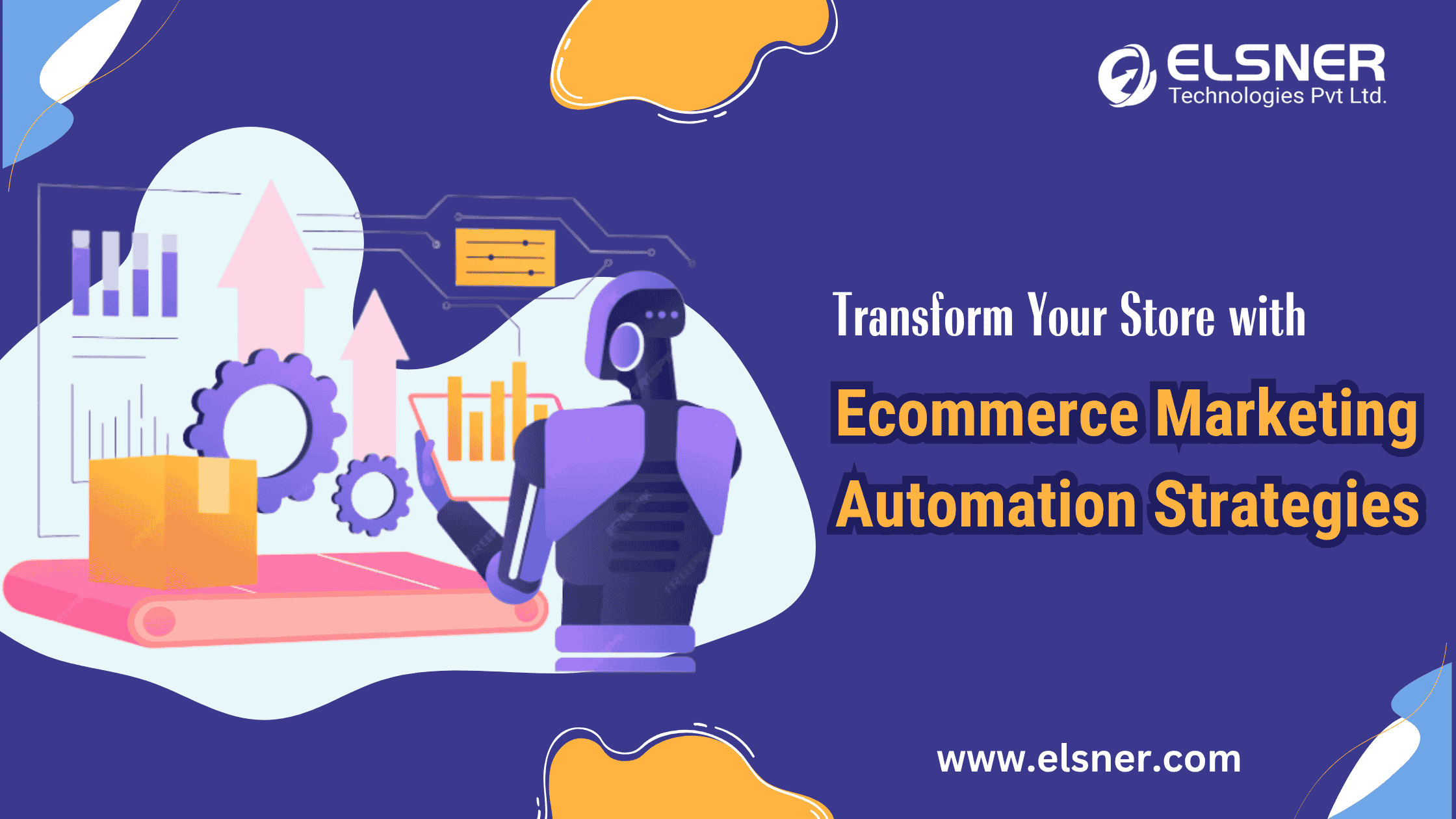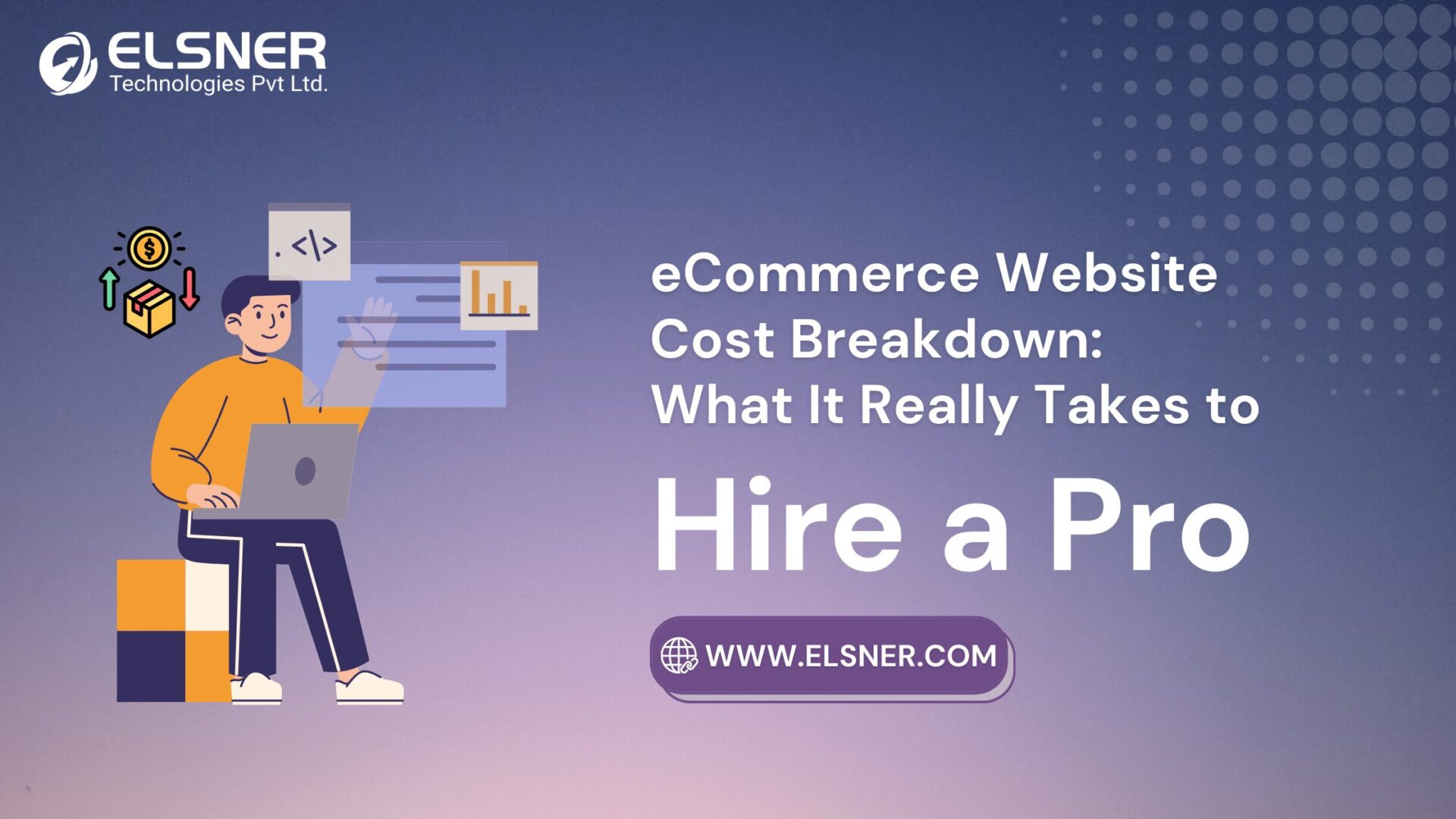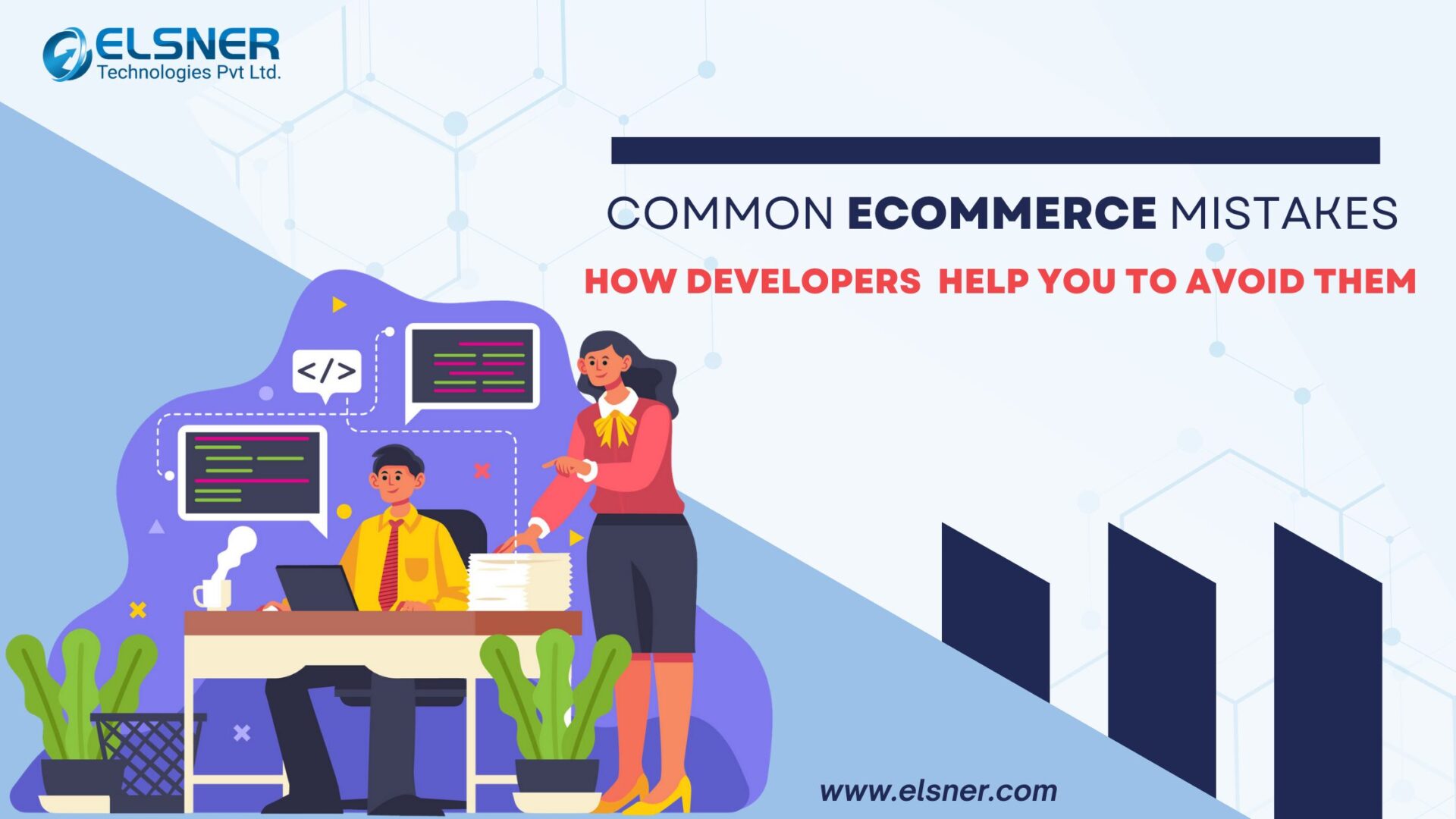- Why is Ecommerce Automation Essential for Modern Online Stores?
- Speed
- Accuracy
- Time saving
- Innovation
- Top Ecommerce Store Automation Strategies You Must Implement
- Automated Inventory Management
- Automated Order Processing and Notifications
- Personalized Recommendations and AI Tools
- Abandoned Cart Recovery Automation
- Automate Your Store Today
- Best Ecommerce Automation Tools and Techniques to Automate an Online Store
- Platform-Specific Solutions
- The Integration Advantage
- Marketing and Sales Automation
- How Automation Helps Increase Revenue and Save Time?
- Speed Creates Loyalty
- Conversion Optimization Happens Naturally
- The Time-Money Exchange
- The Compound Effect
- When to Hire an Ecommerce Developer to Automate WooCommerce Store?
- Complex Workflows Need Custom Solutions
- Multi-Store Operations Scale Differently
- When Growth Plateaus Despite Traffic
- Beyond Basic WooCommerce Automation
- Conclusion
- FAQs
- Q: What Ecommerce store automation strategies stores should implement first?
- Q: Does automation make stores feel impersonal?
- Q: Can stores implement Ecommerce automation to boost sales without technical skills?
Running an online store can feel like fighting a losing battle. Most e-commerce business owners spend their days drowning in repetitive work. They’re not building their business—they’re just keeping it afloat.
Here’s the hard truth: manual operations kill growth. They cap revenue at whatever one person (or a small team) can physically handle in a day. But there’s another way: E-commerce. It isn’t some futuristic concept anymore. Small stores use it. Medium-sized businesses love it.
The tools exist right now to automate online store tasks that eat up entire workdays. This guide shares proven strategies that help store owners increase Ecommerce revenue while reclaiming their time.
Why is Ecommerce Automation Essential for Modern Online Stores?
Customer expectations have changed dramatically. They want instant confirmations. Real-time tracking. Personalized recommendations. Meeting these expectations manually? Nearly impossible. Ecommerce automation handles what humans struggle with—consistency at scale.
Speed
What used to take three hours updating inventory, processing orders, sending confirmations—now happens in minutes. Customers notice this. They appreciate it. They come back because of it.
Accuracy
Improves immediately with the Ecommerce process automation. No more accidentally overselling products because the inventory count was wrong. No more sending orders to the wrong address because someone was rushing through data entry. The system doesn’t make typos.
Time saving
Here’s what changes when stores save time with Ecommerce automation:
Order processing speeds up by 80-90%. Customer service response times drop from hours to minutes. Marketing campaigns run 24/7 without supervision. Inventory stays accurate across all sales channels automatically.
Innovation
The best part? Teams can finally focus on work that actually matters. Strategy sessions instead of data entry. Product development instead of copy-pasting. Customer relationship building instead of routine emails. Ecommerce process automation creates breathing room. That breathing room creates opportunity.
Top Ecommerce Store Automation Strategies You Must Implement
Not all automation delivers equal value. Some strategies to automate online store transformation operations overnight. Others provide marginal gains. Smart store owners focus on high-impact areas first.
Automated Inventory Management
Inventory problems cost money. Overselling damages reputation. Stockouts lose sales. Manual tracking creates both problems constantly, and many of these are common mistakes that developers help online stores avoid.
Modern inventory automation fixes this mess and helps to increase Ecommerce revenue. Stock levels update in real-time across every sales channel. Sell a product on Amazon? The website inventory drops instantly. Someone buys on the website? The eBay listing updates automatically.
This synchronization prevents overselling. Advanced systems go further. They track sales velocity and predict when products will run out. They trigger reorder alerts before stockouts happen.
Automated Order Processing and Notifications
The moment a customer clicks “Buy,” a chain reaction should start. Payment verification. Order confirmation email. Warehouse notification. Invoice generation. Shipping label creation.
Doing this manually for each order? That’s the definition of busywork.
Automate WooCommerce store order workflows and watch what happens. Orders that took 10-15 minutes to process manually now complete in under 30 seconds. Customers get instant confirmations instead of wondering if their order went through.
The real magic happens with status updates. Each notification builds confidence and reduces “where’s my order?” support tickets. The customer feels taken care of without anyone manually sending these updates.
Personalized Recommendations and AI Tools
Product recommendations are revenue drivers. The right suggestion at the right moment can double average order values and increase Ecommerce revenue.
AI-powered automation makes this possible at scale. These systems watch how customers browse. They analyze purchase patterns and identify relationships between products that humans might miss.
Customer looking at running shoes? The system instantly shows relevant socks, insoles, and performance gear. Stores using smart recommendation engines see 10-30% increases in average order value. That’s pure profit from products customers actually want.
Abandoned Cart Recovery Automation
Here’s a painful stat: roughly 70% of shoppers add products to their cart and leave without buying. That’s not just browsing—that’s lost revenue sitting right there.
Ecommerce store automation strategies tackle this directly. When someone abandons a cart, automated systems wait a strategic amount of time (usually 1-3 hours), then send a reminder email.
These emails aren’t generic blasts. They’re personalized. They include the exact products left behind. Sometimes they offer a small discount to close the deal. Sometimes they just provide a gentle reminder.
The results? Stores recover 10-15% of abandoned carts through automation. For a business doing $50,000 monthly with 70% cart abandonment, that’s potentially $3,500-5,250 in recovered revenue per month.
These development strategies for Ecommerce automation pay for themselves quickly.
Automate Your Store Today
Streamline your online store with smart Ecommerce automation solutions. Save time, reduce errors, and boost your sales effortlessly.
Best Ecommerce Automation Tools and Techniques to Automate an Online Store
Knowing what to automate matters. Knowing how to automate your Ecommerce website matters more.
The good news? Tools exist for every platform, every budget, and every skill level.
Automation alone isn’t enough, regular upkeep keeps systems running smoothly and prevents issues before they affect sales.
Platform-Specific Solutions
WooCommerce Users: The WordPress ecosystem offers serious automation power.
- WooCommerce Subscriptions handles recurring billing automatically.
- AutomateWoo creates sophisticated marketing workflows.
- ATUM manages inventory with precision.
These plugins integrate directly with existing stores. No technical wizardry required. Install, configure, and automate.
Shopify Merchants: The Shopify App Store is packed with the best Ecommerce automation tools.
- Oberlo automates dropshipping workflows.
- Klaviyo handles email marketing automation like a pro.
- ShipStation manages multi-carrier shipping without breaking a sweat.
Each app connects to the Shopify admin seamlessly.
The Integration Advantage
The best Ecommerce automation tools don’t work in isolation. They connect with each other. This creates workflows that span multiple tools but feel like one system.
Integrated systems ultimately save time with Ecommerce automation. This level of integration is what transforms good stores into great ones.
Marketing and Sales Automation
Email automation deserves special attention. Automated email sequences handle tasks that would otherwise require hours of daily work. Many successful stores enhance these workflows through effective eCommerce marketing automation strategies that improve personalization, engagement, and customer retention.
- Welcome series for new subscribers.
- Post-purchase follow-ups that build loyalty.
- Review request emails sent at optimal times.
- Re-engagement campaigns for inactive customers.
- Birthday offers that feel personal.
Set these up once. Each Ecommerce process automation sequence nurtures relationships and drives sales without ongoing effort. Social media automation keeps brands visible without constant manual posting.
- Schedule content in advance.
- Respond to common questions automatically.
- Identify sales opportunities from social interactions.
When stores use Ecommerce automation to boost sales, they’re building systems that work 24/7 without supervision.
How Automation Helps Increase Revenue and Save Time?
Time savings are obvious and immediate. Revenue impact? That’s where things get interesting.
Speed Creates Loyalty
Orders that ship same-day or next-day create remarkable customer experiences. Those experiences create repeat customers. The numbers back this up. Repeat customers spend 67% more than new customers. They cost less to serve, and they refer friends more often. Additionally, they forgive occasional mistakes more readily. This makes them highly valuable customers.
When you automate order management in online stores, fast fulfillment is possible at scale. Manual processes simply can’t compete.
Conversion Optimization Happens Naturally
When automation removes friction, conversions improve automatically. Real-time inventory prevents frustration. Smart recommendations guide buying decisions. Abandoned cart emails recover lost sales. Each improvement seems small individually. Together, they create compound effects.
The Time-Money Exchange
Consider a mid-sized store processing 100 orders daily. Manual processing takes about 10 minutes per order. That’s 16-17 hours of pure order processing work every single day.
But you can save time with Ecommerce automation as it cuts this to seconds per order. Suddenly, 15+ hours open up daily.
An Ecommerce development company ensures end-to-end automation and efficiency. Professional implementation typically shows 30-40% time savings and 15-25% revenue increases within six months.
Maintaining automated systems requires ongoing attention, though. Comprehensive ecommerce website maintenance keeps automated workflows running smoothly and secure. Regular maintenance prevents automation from becoming a liability instead of an asset.
The Compound Effect
Multiple automation strategies working together create exponential value. Inventory management prevents stockouts.
When you automate order management in an online store, it eliminates fulfillment errors. Each system amplifies the others. The whole becomes genuinely greater than the sum of its parts.
When to Hire an Ecommerce Developer to Automate WooCommerce Store?
Implementing Ecommerce store automation strategies demands professional expertise.
Complex Workflows Need Custom Solutions
Multiple platforms don’t always play nicely together. Making all these systems talk to each other often requires custom integration work.
Professional developers help to:
- Create custom APIs.
- Design sophisticated logic flows.
- Ensure data stays synchronized across everything.
Multi-Store Operations Scale Differently
Automating one store is straightforward. Automating five stores while keeping them coordinated? That’s an entirely different challenge.
Expert developers:
- Design automation ecosystems that manage complexity
- Build centralized control systems with distributed execution
- Create rules that adapt to different store requirements automatically.
When Growth Plateaus Despite Traffic
Sometimes stores get decent traffic, but conversions stay flat. Automation exists, but it’s not sophisticated enough. This is when custom development done by an Ecommerce development company makes the difference. Experienced developers:
- Audit existing systems to identify bottlenecks
- Implement advanced automation strategies tailored to specific situations.
Beyond Basic WooCommerce Automation
Want to automate WooCommerce store operations beyond plugin capabilities? Custom
development becomes essential. These all require custom code:
- Unique checkout flows.
- Specialized fulfillment workflows.
- B2B-specific functionality.
- Integration with proprietary systems.
Hire Ecommerce Developer specialists to implement development strategies for Ecommerce automation and maximize store revenue. Professional developers design comprehensive automation ecosystems that evolve with business growth.
Conclusion
Ecommerce automation isn’t coming. It’s here. Save time with Ecommerce automation first, then reinvest that time into more automation.
The most successful Ecommerce businesses treat automation as an ongoing process, not a one-time project. They continuously refine and test new tools while optimizing existing workflows. By doing so, they stay ahead through constant improvement.
Automation creates a competitive advantage. Start today. Tomorrow’s competition won’t wait.
FAQs
Q: What Ecommerce store automation strategies stores should implement first?
Start with order confirmation and shipping notification emails. From there, prioritize inventory management and abandoned cart recovery. These three areas help save time with Ecommerce automation.
Q: Does automation make stores feel impersonal?
Exactly the opposite when done right. Automation enables more personalization, not less.
Automated systems deliver tailored recommendations at scale. They enable a responsive service impossible to achieve manually. Hire Ecommerce Developers to develop automation strategies that actually work for your business.
Q: Can stores implement Ecommerce automation to boost sales without technical skills?
Yes, absolutely. Modern automation platforms offer no-code solutions with drag-and-drop interfaces. Complex customizations and multi-platform integrations benefit from professional help, but starting doesn’t require technical expertise.

About Author
Dipak Patil - Delivery Head & Partner Manager
Dipak is known for his ability to seamlessly manage and deliver top-notch projects. With a strong emphasis on quality and customer satisfaction, he has built a reputation for fostering strong client relationships. His leadership and dedication have been instrumental in guiding teams towards success, ensuring timely and effective delivery of services.
